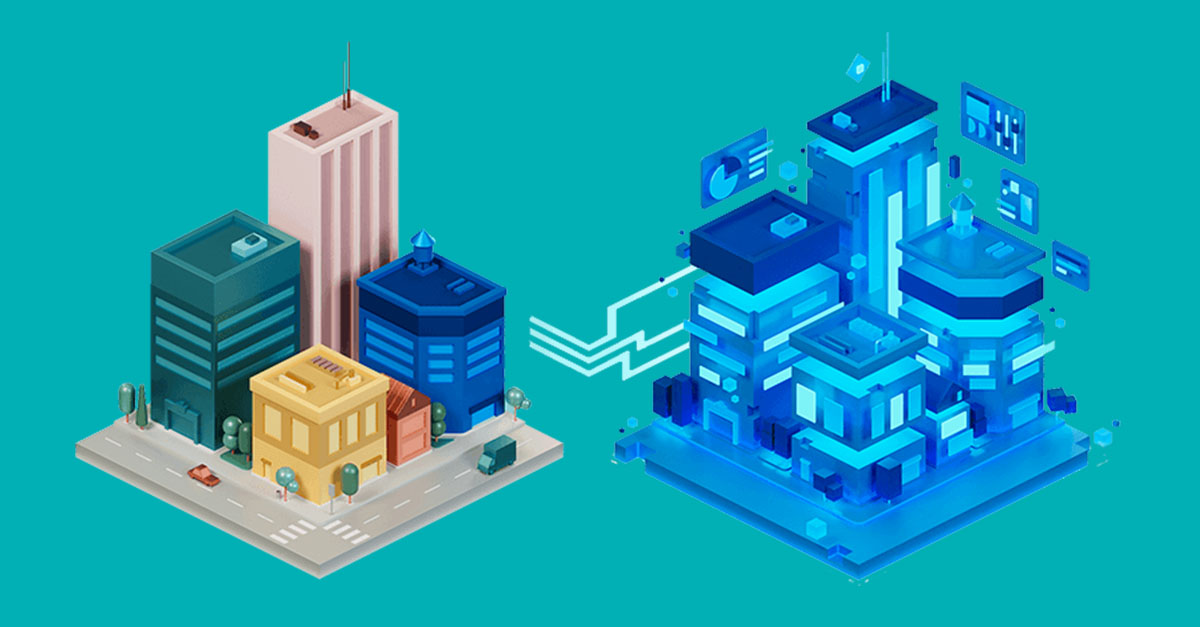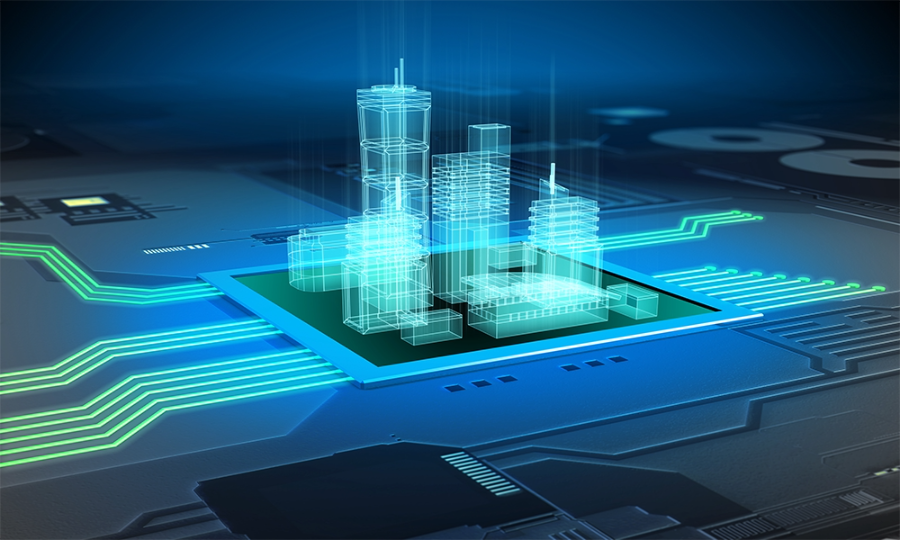Introduction:
In the era of rapid technological advancement, civil engineering is undergoing a profound transformation with the emergence of digital twins. Digital twins, virtual replicas of physical assets, are revolutionizing the way infrastructure is designed, constructed, and managed. By harnessing the power of data analytics, simulation, and real-time monitoring, digital twins enable engineers to optimize performance, enhance resilience, and deliver sustainable solutions. In this blog, we’ll explore the implications of digital twins for civil engineering and how they are reshaping the future of infrastructure development.
1. What are Digital Twins?
Digital twins are virtual representations of physical assets, processes, or systems that mirror their real-world counterparts in digital form. These virtual models are created using data collected from sensors, IoT devices, and other sources, allowing engineers to simulate, analyze, and visualize the behavior and performance of assets in real-time. Digital twins capture a wide range of information, including geometric, structural, functional, and operational data, enabling comprehensive analysis and decision-making throughout the asset lifecycle.
2. Design and Simulation:
Digital twins are revolutionizing the design and simulation processes in civil engineering, enabling engineers to explore multiple design scenarios, assess performance metrics, and optimize designs before construction begins. Using advanced modeling and simulation tools, engineers can simulate various environmental conditions, load scenarios, and material properties to evaluate the structural integrity, safety, and efficiency of infrastructure projects. Digital twins facilitate collaborative design workflows, allowing multidisciplinary teams to work together seamlessly and iterate designs iteratively to achieve optimal outcomes.
3. Construction and Project Management:
During the construction phase, digital twins facilitate better project management, coordination, and decision-making by providing real-time insights into project progress, resource allocation, and quality control. By integrating digital twins with construction management software and BIM (Building Information Modeling) platforms, project stakeholders can monitor construction activities, track material quantities, and identify potential conflicts or deviations from the design intent. Digital twins also enable remote monitoring and control of construction equipment, enhancing safety, efficiency, and productivity on-site.
4. Asset Performance Monitoring and Maintenance:
After construction, digital twins continue to play a crucial role in asset performance monitoring and maintenance, enabling proactive maintenance strategies and predictive analytics to optimize asset performance and longevity. By integrating sensor data with digital twin models, engineers can monitor the health, condition, and usage patterns of infrastructure assets in real-time, detecting anomalies, identifying potential failures, and scheduling maintenance activities accordingly. Predictive analytics algorithms can forecast asset performance degradation, recommend maintenance interventions, and optimize asset lifecycle costs.
5. Resilience and Sustainability:
Digital twins support efforts to enhance the resilience and sustainability of infrastructure systems by enabling engineers to assess the impacts of climate change, natural disasters, and other external factors on asset performance and functionality. By simulating various resilience strategies, such as flood mitigation measures, green infrastructure interventions, and energy-efficient designs, engineers can identify cost-effective solutions to enhance infrastructure resilience and minimize environmental impact. Digital twins also support sustainable asset management practices by optimizing resource utilization, reducing energy consumption, and minimizing waste generation throughout the asset lifecycle.
Case Studies:
1. The Forth Road Bridge, Scotland:
The Forth Road Bridge in Scotland implemented a digital twin to monitor and manage the structural health and integrity of the bridge. By integrating sensor data with a digital twin model, engineers can monitor structural movements, stress levels, and environmental conditions in real-time, enabling proactive maintenance and ensuring the safety and reliability of the bridge for commuters and travelers.
2. The City of Singapore:
Singapore has developed a comprehensive digital twin platform called Virtual Singapore to simulate and analyse urban infrastructure systems. Virtual Singapore integrates data from various sources, including sensors, satellite imagery, and IoT devices, to create a detailed virtual model of the city. This digital twin enables urban planners, policymakers, and stakeholders to visualize, analyze, and optimize urban development strategies, infrastructure investments, and disaster response plans.
Conclusion:





